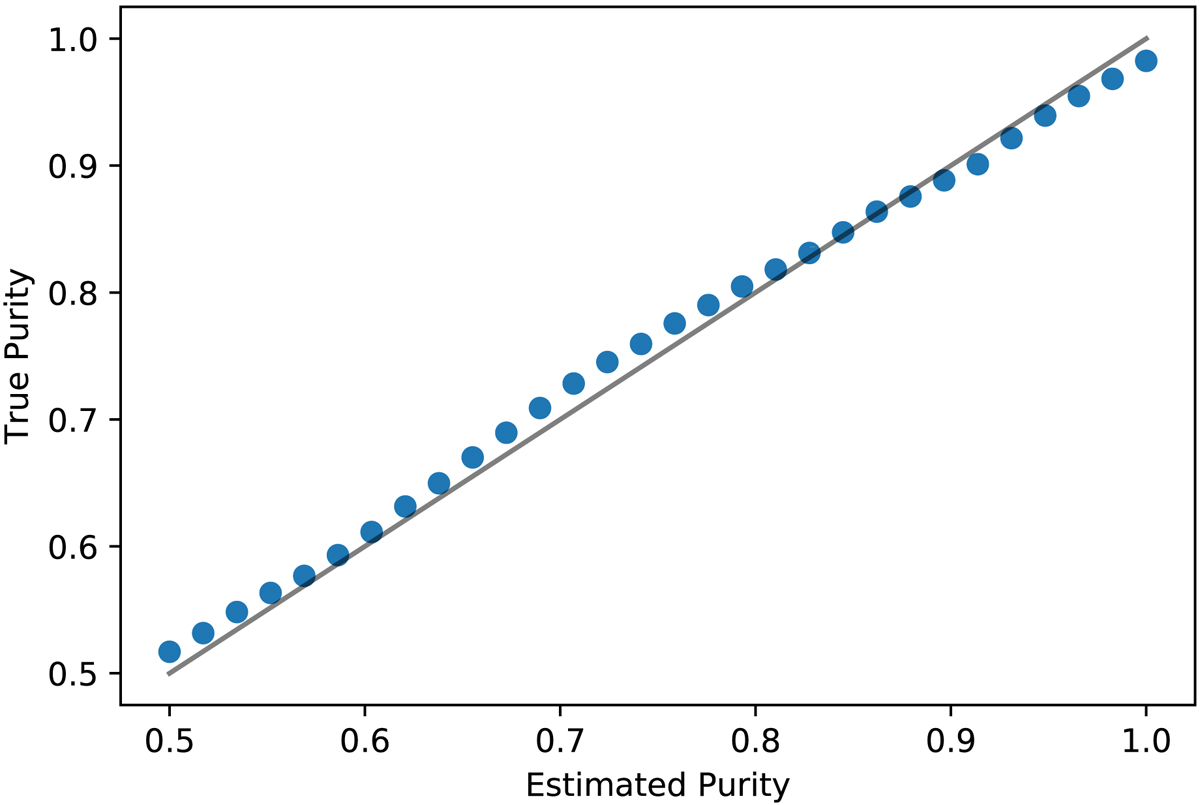Fig. 7.

Examples of ORIGIN detections in udf-10. For each detected source, we show the white light image reconstructed from the MUSE datacube (WHITE column), the corresponding HST image in the F775W filter (the Hubble ACS broad band filter F775W has an effective wavelength of 7624 Å which is nearly aligned with the central wavelength of MUSE (7000 Å). Its effective band pass of 1299 Å covers a third of the MUSE band pass (4650–9350 Å).) (F775W column), the detection image obtained by the averaging the GLR datacube over the detected wavelengths (CORR column) and the narrow band image obtained by averaging the raw datacube over the same wavelength range (NARROW BAND column). Note that the narrow band image is smoothed with a 0.6″ FWHM Gaussian kernel to enhance visually possible sources. The box size of the images is 5 arcsec. The source spectrum (smoothed with a boxcar of 5 pixels) is shown in the SPECTRUM column. The corresponding noise standard deviation is displayed in magenta (inverted on the y axis) and the green line displays the wavelength of the ORIGIN detection. The last column (LINE) displays the (unsmoothed) spectrum zoomed around the ORIGIN detected wavelength.
Current usage metrics show cumulative count of Article Views (full-text article views including HTML views, PDF and ePub downloads, according to the available data) and Abstracts Views on Vision4Press platform.
Data correspond to usage on the plateform after 2015. The current usage metrics is available 48-96 hours after online publication and is updated daily on week days.
Initial download of the metrics may take a while.


